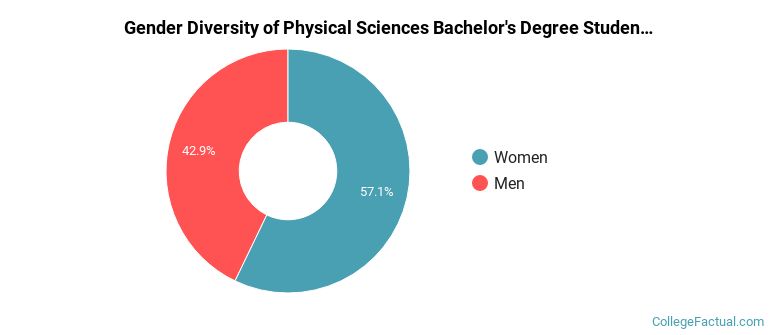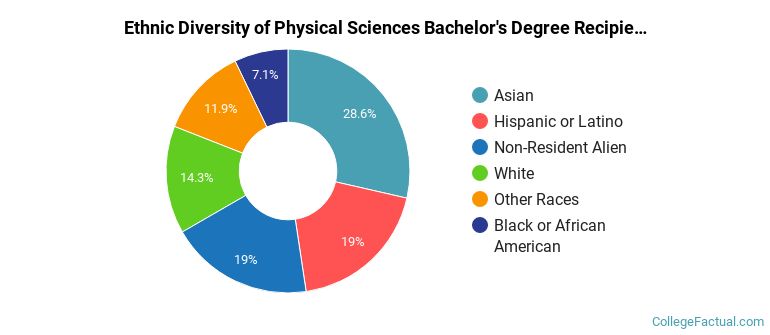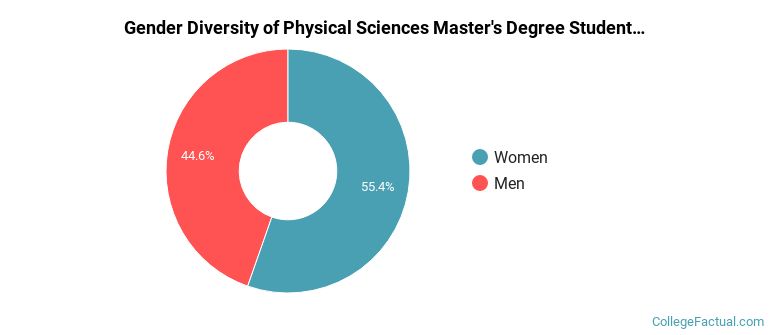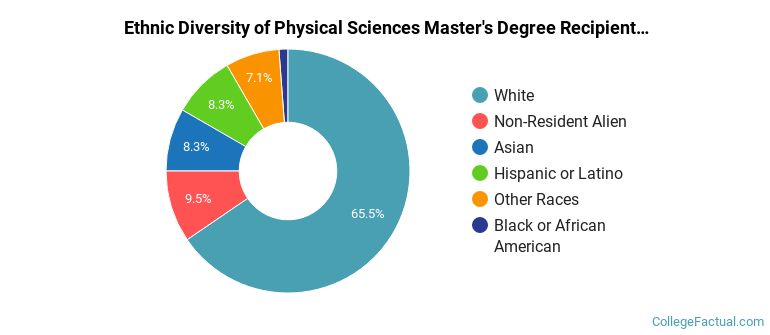 by our College Data Analytics Team
by our College Data Analytics TeamJump to any of the following sections:
Ranked at #2 in College Factual's most recent rankings, Johns Hopkins is in the top 1% of the country for physical sciences students pursuing a bachelor's degree. It is also ranked #1 in Maryland.
During the 2021-2022 academic year, Johns Hopkins University handed out 42 bachelor's degrees in physical sciences. This is a decrease of 7% over the previous year when 45 degrees were handed out.
In 2022, 167 students received their master’s degree in physical sciences from Johns Hopkins. This makes it the #1 most popular school for physical sciences master’s degree candidates in the country.
In addition, 30 students received their doctoral degrees in physical sciences in 2022, making the school the #71 most popular school in the United States for this category of students.
During the 2022-2023 academic year, part-time undergraduate students at Johns Hopkins paid an average of $2,095 per credit hour. No discount was available for in-state students. The following table shows the average full-time tuition and fees for undergraduates.
| In State | Out of State | |
|---|---|---|
| Tuition | $62,840 | $62,840 |
| Books and Supplies | $1,345 | $1,345 |
| On Campus Room and Board | $19,910 | $19,910 |
| On Campus Other Expenses | $1,470 | $1,470 |
Learn more about Johns Hopkins tuition and fees.
For the most recent academic year available, 43% of physical sciences bachelor's degrees went to men and 57% went to women.

The following table and chart show the ethnic background for students who recently graduated from Johns Hopkins University with a bachelor's in physical sciences.

| Ethnic Background | Number of Students |
|---|---|
| Asian | 12 |
| Black or African American | 3 |
| Hispanic or Latino | 8 |
| White | 6 |
| Non-Resident Aliens | 8 |
| Other Races | 5 |
Johns Hopkins does not offer an online option for its physical sciences bachelor’s degree program at this time. To see if the school offers distance learning options in other areas, visit the Johns Hopkins Online Learning page.
During the 2021-2022 academic year, 168 students graduated with a master's degree in physical sciences from Johns Hopkins. About 45% were men and 55% were women.

The majority of master's degree recipients in this major at Johns Hopkins are white. In the most recent graduating class for which data is available, 65% of students fell into this category.
The following table and chart show the ethnic background for students who recently graduated from Johns Hopkins University with a master's in physical sciences.

| Ethnic Background | Number of Students |
|---|---|
| Asian | 14 |
| Black or African American | 2 |
| Hispanic or Latino | 14 |
| White | 110 |
| Non-Resident Aliens | 16 |
| Other Races | 12 |
Take a look at the following statistics related to the make-up of the physical sciences majors at Johns Hopkins University.
Physical Sciences students may decide to major in one of the following focus areas. Individual majors may not be available for all degree levels.
| Major | Annual Graduates |
|---|---|
| Other Physical Science | 93 |
| Physics | 78 |
| Chemistry | 76 |
| Geological & Earth Sciences | 12 |
| Astronomy & Astrophysics | 4 |
| Related Major | Annual Graduates |
|---|---|
| Engineering | 1,363 |
| Biological & Biomedical Sciences | 1,207 |
| Mathematics & Statistics | 434 |
| Engineering Technologies | 81 |
| Military Technologies & Applied Sciences | 40 |
More about our data sources and methodologies.